Gum Sensitivity: A Common Oral Health Concern
Gum sensitivity is a prevalent issue that many people encounter. It can manifest as a slight soreness, especially during or shortly after brushing your teeth. This form of gum sensitivity is often not overly serious if it's localized, infrequent, disappears quickly, and isn't accompanied by swelling or discoloration. However, it's essential not to ignore it as it could be an early indicator of more significant gum problems.
Causes of Gum Sensitivity
Improper technique when brushing or cleaning between teeth can damage your gums. Brushing too vigorously, using floss forcefully, or incorrect use of interdental brushes or picks may cause short-term irritation and increase the risk of long-term conditions like receding gums and gum diseases. If you're unsure about the correct technique, helpful guides are available to assist you.
Using a toothbrush with stiff bristles can also irritate gum tissues. Prolonged use of such brushes can lead to gum recession and enamel loss, contributing to increased tooth sensitivity. Switching to a brush with softer bristles can be beneficial for sensitive teeth and gums. For more information on choosing the right toothbrush, there are detailed guides to help you make the best choice.
Gum Disease as a Potential Culprit
Sensitive and sore gums can be an early sign of gum disease, especially if accompanied by inflammation. Bacterial buildup is a leading cause of gum inflammation, which can progress to gum disease. Gingivitis, the initial stage of gum disease, may not be painful but is characterized by persistent redness and swelling of the gums. Bleeding of the gums after brushing or flossing is common in the early stages. Remember, gum bleeding is never normal and should prompt a visit to the dentist if it persists despite proper oral care.
Managing Gingivitis
The good news is that the early stage of gum disease is relatively minor and reversible with proper at-home treatment. A complete daily dental care routine is crucial for removing plaque and alleviating symptoms. To effectively manage gingivitis, clean between all teeth at least once a day, brush twice a day with a soft-bristled toothbrush, use specialized anti-gingivitis products, and visit the dentist twice a year for a cleaning and exam.
Periodontitis: A Serious Gum Condition
Unchecked gingivitis can progress to periodontitis, a more advanced stage of gum infection. Along with severe gum irritation, bleeding, pain, or sensitivity, one may experience loose teeth, exposed tooth roots, bad breath, and identifiable pockets filled with plaque between the gums and teeth. This condition is best avoided as once the supporting structures around the teeth are damaged, it is irreversible. In-office dental treatments, such as tooth scaling and root planing, may be necessary, along with antibiotics or surgical procedures for more severe cases. Regular dental visits are essential for monitoring and treating the disease.
Preventative Measures and Risk Factors
Preventative dental care is vital for minimizing the risk of gum disease. A holistic approach that considers factors like smoking, diet, systemic diseases, family history, and pregnancy is important. Even with good brushing habits, gum disease can develop with age or due to other life factors. Therefore, be vigilant for warning signs and implement preventive measures promptly.
Explore GUM® products to protect your gums from disease and maintain optimal oral health.
In summary, gum sensitivity should not be taken lightly. It can be a sign of underlying gum problems that, if left untreated, may progress to more serious conditions like gingivitis and periodontitis. By understanding the causes, recognizing the symptoms, and following proper oral care routines, you can effectively manage and prevent gum diseases, ensuring a healthy and happy smile for years to come.
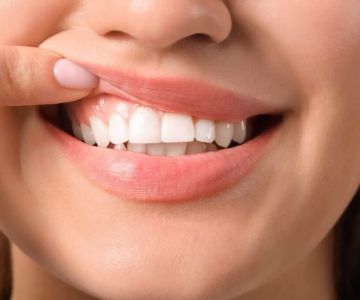
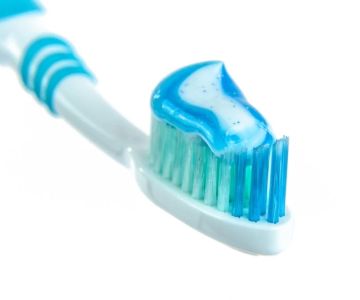
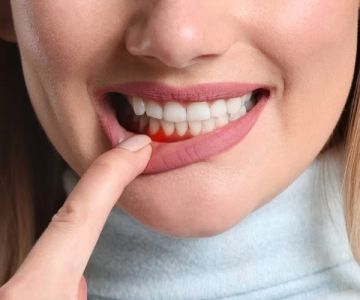
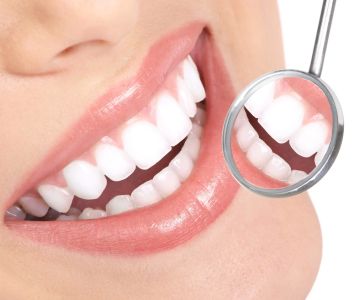

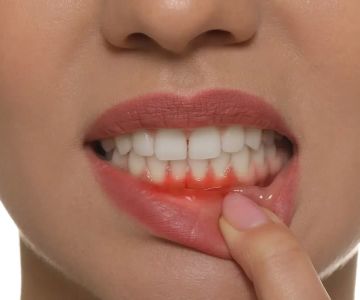
 Clemente Orthodontics of Woodcliff Lake5.0 (94 review)
Clemente Orthodontics of Woodcliff Lake5.0 (94 review) Community Medical & Dental Center3.0 (37 review)
Community Medical & Dental Center3.0 (37 review) Wheat Family Dental4.0 (1791 review)
Wheat Family Dental4.0 (1791 review) Burton J Stein DMD4.0 (16 review)
Burton J Stein DMD4.0 (16 review) Elmwood Park Cosmetic Dentistry5.0 (1 review)
Elmwood Park Cosmetic Dentistry5.0 (1 review) Associated Orthodontists - Joliet4.0 (132 review)
Associated Orthodontists - Joliet4.0 (132 review) The Importance of Oral Health Education During Pregnancy for a Healthy Pregnancy
The Importance of Oral Health Education During Pregnancy for a Healthy Pregnancy Best Tips for Brushing Your Teeth Properly for Healthy Gums: Essential Techniques for Oral Health
Best Tips for Brushing Your Teeth Properly for Healthy Gums: Essential Techniques for Oral Health Why Skipping Dental Checkups Can Lead to Bigger Oral Health Problems
Why Skipping Dental Checkups Can Lead to Bigger Oral Health Problems Advantages of Porcelain Dental Restorations
Advantages of Porcelain Dental Restorations How Can Diabetes Cause Tooth and Gum Problems? Preventing and Managing Oral Health Issues
How Can Diabetes Cause Tooth and Gum Problems? Preventing and Managing Oral Health Issues Healthy Habits for Promoting Good Oral Health and Hygiene: Tips for a Healthy Smile
Healthy Habits for Promoting Good Oral Health and Hygiene: Tips for a Healthy Smile